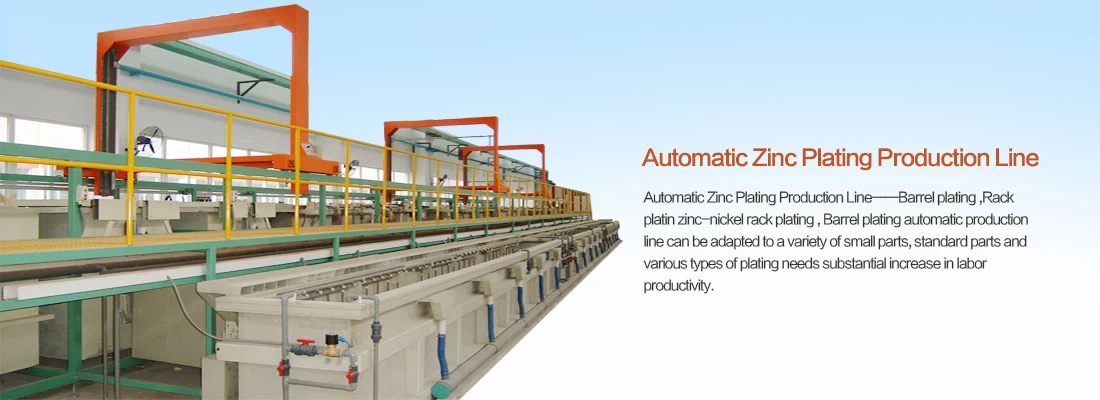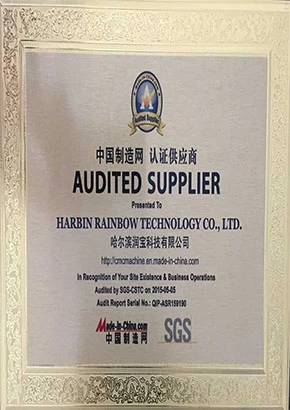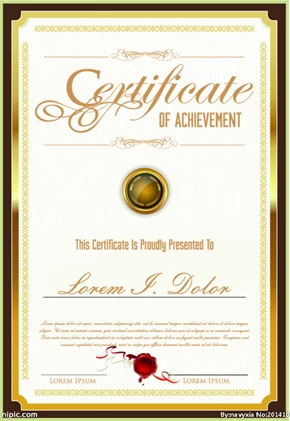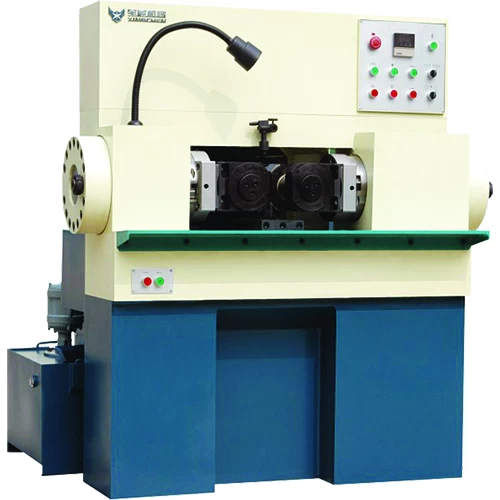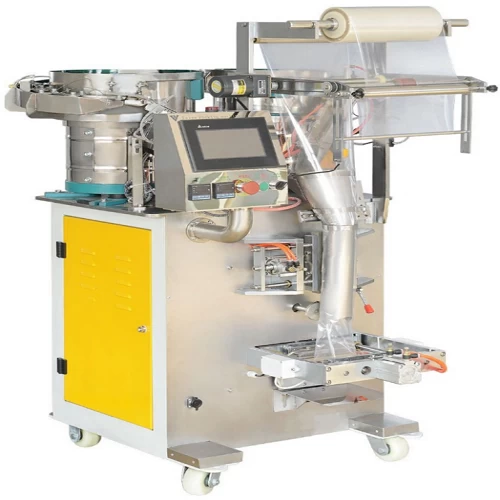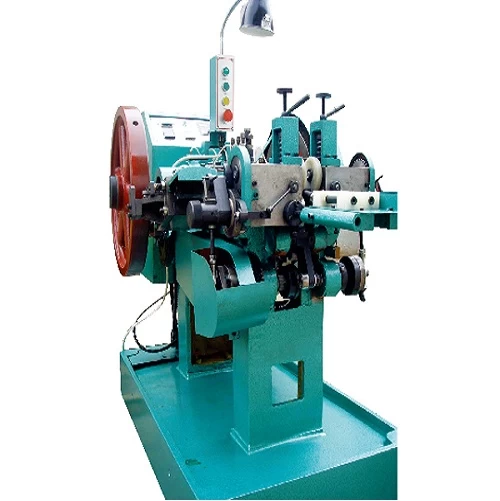Spring Washers: How to Use Them & Their Purpose
A washer is a thin plate with a concentric hole that is typically used to evenly distribute the load of a threaded fastener. With a diverse array of options to choose from, it is important to understand the subtypes of washers and their applications. In this blog post, we will be reviewing spring washers, how to use them, and their purpose.
What is a Spring Washer?
Spring washers are a subtype of washers that are conical in shape to prevent them from resting flush against a surface without the presence of a load. They are designed to provide a spring force and absorb shock by providing an axial load that counters vibrations. As a result, spring washers can drastically prevent fasteners from loosening over time.
Spring Washer Purpose
Spring washers play an integral role in assembly applications to eliminate rattle, maintain assembly tension, absorb shock loads, and provide controlled reaction for dynamic loads. These components are ideal in industries that involve high-vibration machineries such as electrical, industrial, oil & gas, and valve applications. It is important to note that the deflection rate of the washer is contingent on the washer’s dimensions and materials. Thicker, taller spring washers such as conical spring washers can sustain more load and work more effectively in supporting higher tension in bolted applications. We design our Belleville spring washers to work more effectively than conventional springs by creating a tighter tension force to lock the nut into place.
How to Use a Spring Washer
You can install spring washers similarly to flat washers. We recommend the following steps to ensure a tight connection:
-
Place the spring washer under the threaded fastener in place, with the concave side of the washer facing the flange or bearing surface. The convex side of the washer should make contact with either or both of the nut and the bolt head. When used correctly, a spring washer will hold the nut or other threaded fastener in place. To help it accomplish this, put the spring washer on first, below the fastener.
-
Ensure that the washer is flush against the fastener and the other surface to create a tight connection.
-
Tighten with the proper torque for reliable hold and a safe application. You can accomplish this by turning a wrench or ratchet clockwise. For a specific torque value, use our detailed guide that breaks down how to calculate torque to tighten bolts.
-
As a final step, examine the washer and make sure that it is working correctly. If the washer is not working correctly, loosen the nut or threaded fastener and fix the washer.
A washer is a thin plate with a concentric hole that is typically used to evenly distribute the load of a threaded fastener. With a diverse array of options to choose from, it is important to understand the subtypes of washers and their applications. In this blog post, we will be reviewing spring washers, how to use them, and their purpose.
What is a Spring Washer?
Spring washers are a subtype of washers that are conical in shape to prevent them from resting flush against a surface without the presence of a load. They are designed to provide a spring force and absorb shock by providing an axial load that counters vibrations. As a result, spring washers can drastically prevent fasteners from loosening over time.
Spring Washer Purpose
Spring washers play an integral role in assembly applications to eliminate rattle, maintain assembly tension, absorb shock loads, and provide controlled reaction for dynamic loads. These components are ideal in industries that involve high-vibration machineries such as electrical, industrial, oil & gas, and valve applications. It is important to note that the deflection rate of the washer is contingent on the washer’s dimensions and materials. Thicker, taller spring washers such as conical spring washers can sustain more load and work more effectively in supporting higher tension in bolted applications. We design our Belleville spring washers to work more effectively than conventional springs by creating a tighter tension force to lock the nut into place.
How to Use a Spring Washer
You can install spring washers similarly to flat washers. We recommend the following steps to ensure a tight connection:
-
Place the spring washer under the threaded fastener in place, with the concave side of the washer facing the flange or bearing surface. The convex side of the washer should make contact with either or both of the nut and the bolt head. When used correctly, a spring washer will hold the nut or other threaded fastener in place. To help it accomplish this, put the spring washer on first, below the fastener.
-
Ensure that the washer is flush against the fastener and the other surface to create a tight connection.
-
Tighten with the proper torque for reliable hold and a safe application. You can accomplish this by turning a wrench or ratchet clockwise. For a specific torque value, use our detailed guide that breaks down how to calculate torque to tighten bolts.
-
As a final step, examine the washer and make sure that it is working correctly. If the washer is not working correctly, loosen the nut or threaded fastener and fix the washer.



